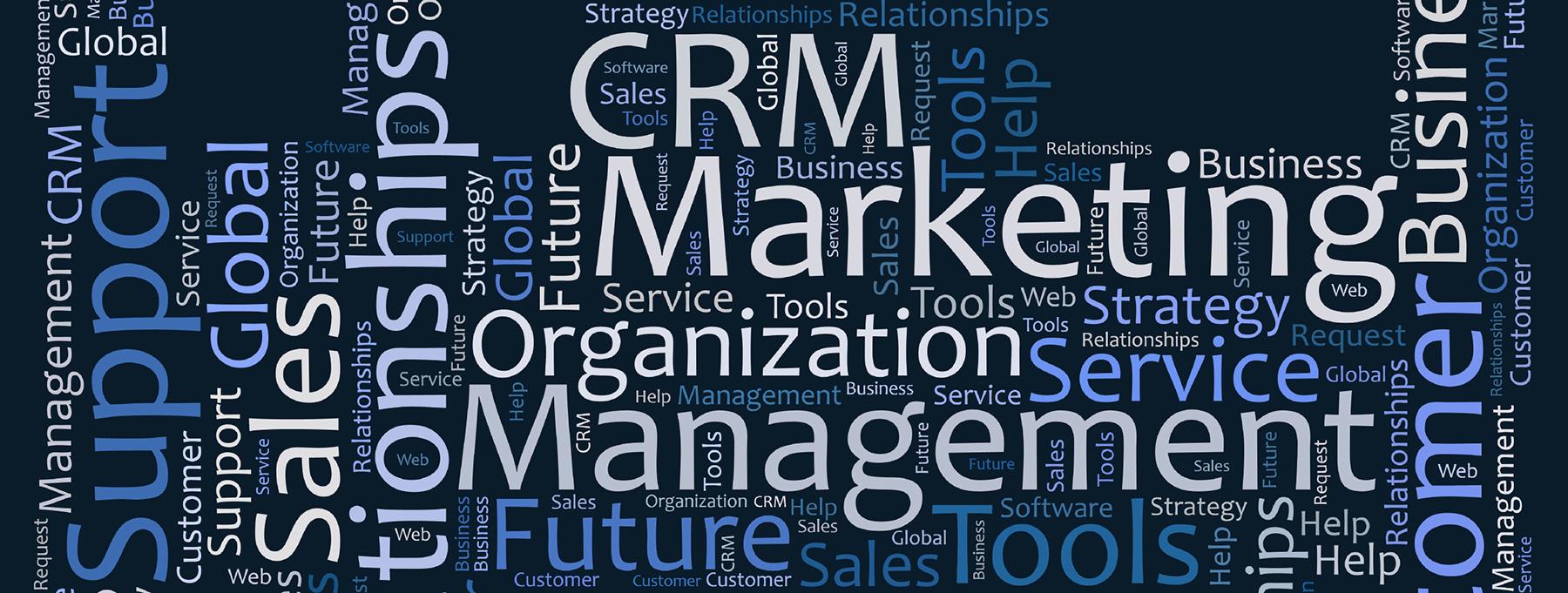CRM is more than a glorified address book. We all have digital contact management built into our computers and smartphones. What sets CRM apart is automation and the potential for making work easier.
“The most important thing a CRM can do is help you get your job done,” stresses Clint Oram, the co-founder and chief technology officer for SugarCRM. “It helps sellers sell and customer service agents provide an extraordinary customer experience.”
CRM delivers this by automating routine tasks on all levels of the company, from insights for management to automated data entry for sales agents.
“Automation gives employees the right information at the right time, even before customers know they need it,” says Oram. “Done right, automation makes your new sales team members just as efficient as your longstanding people.”
Yet, many businesses don’t fully use the automation capabilities built into their CRM system. This is why employees often prefer their phone’s address book, and why a mere 61 percent of sales people use CRM today, according to data from CRM firm, HubSpot.
If you’re not taking advantage of your CRM’s automation facilities, you’re wasting much of your investment. Here are six CRM automations your business should consider.
1. Contact Entry Automation
The most tedious aspect of a CRM or any address book is entering and maintaining contact information. Beyond wasting employee time and discouraging CRM use, manual contact entry also threatens the integrity of a CRM system because contact data quickly gets outdated; data organically decays at a rate of from 3 to 4 percent per month, according to Dun & Bradstreet, making automated data entry a must.
“Today’s businesses get contacts from many different sources and channels,” says CRM industry veteran and Soffront Software founder, Manu Das. “Automating contact entry keeps the CRM up-to-date as well as improves user adoption.”
Some of the most popular means for automating contact entry, according to Das, include lead capture forms to collect contacts from website and social media, business card scanning, processing emails to leads, integration with various third party tools such as shopping carts or event management software, and sync with third-party sources.
2. Sales Management Automation
Next to data entry, one of the most widely used CRM automations is lead management. This includes lead nurturing, automatic qualification, and automation of the sales process overall.
A good CRM system should have the ability to automatically segment leads into groups and engage them through a series of educational emails specific to the lead’s needs and interests. As the leads progress through the buying stages, the CRM should automatically adjust the segments and trigger email messages that are most appropriate for that stage. This includes continuously adjusting lead score based on purchase history, marketing messages and activity.
“Automation helps the sales reps to focus on the right tasks by prioritizing the tasks and providing a step-by-step to-do list for the sales reps to follow based on the best practice for the company and the products,” notes Das.
3. Business Processes Automation
Customer relationships aren’t just with the sales department or customer service; they cut across all parts of a company. CRM automation can improve business processes and boost both sales and customer service by alerting various departments within a company when action is needed.
A customer service interaction might automatically initiate a sales call, for instance, or a large sales opportunity might alert management of the need for discount approval.
“Roughly 5.4 people are now involved in the average B2B buying decision,” says Oram at SugarCRM. “This shows that customer relationships are complex and require the coordination of many different individuals.”
Automation is a natural fit for engaging the right part of a company at the right time.
4. Forecasting and Analytics Automation
Unlike an address book, CRM systems can provide automatic insight into customer behavior and forecasting through advanced analytics. This insight can include sales pipeline visibility, unseen opportunities, metrics on customer service performance and even product development ideas.
This automated analysis should come by way of an easy to read dashboard that team members can see when they log into the CRM, as well as automated alerts and advice pushed to appropriate employees by email. If customer reports are generated manually from a CRM, something has gone horribly awry and it is a safe to assume that the automation in your CRM system is not fully utilized.
5. Customer Service Automation
“Customer Service is an area where automation plays a critical role,” says Matt Kresch, Microsoft Dynamics CRM director of product marketing for services.
CRM automation for customer service can include social automation where posts are identified as service requests and directed to customer service or automatically assigned as a case. Unresolved customer service inquiries can be flagged for escalation, and previous customer interactions can automatically inform agents. Workflow automations can ensure that cases are resolved from a single agent interface and that knowledgebase articles are automatically served up according to attributes of the case.
Self-service also can be improved through CRM automation.
Roughly 84 percent of web and mobile users take advantage of self-serve customer service options, according to Forrester research. When customers can’t find what they need on their own, automation can help alert the customer service department and bring much-needed visibility for a better customer experience.
“When a customer isn’t able to resolve their issue on their own,” says Kresch, “automation can provide an escalation path to live customer support in the form of email, chat, social and voice.”
6. Onboarding Automation
Although CRM systems have a reputation for complexity, through automation they actually can simplify businesses processes. This can be an aid for onboarding new employees.
Through CRM automation, businesses can establish business process workflows with prompts and tips along the way that make it easier for new employees to get up to speed. Instead of a new sales agent reinventing the wheel, for instance, CRM automation can guide him or her through each step in the sales cycle. Automation allows the embedding of best practices directly into the CRM.
“By automating business processes that model complex interactions into easy processes, new employees can become just as effective as your veterans,” says Oram.
These six areas are not the only ways that businesses can leverage CRM automation, of course. They represent a good starting point, however, and serve as a baseline for CRM automation.
CRM systems often are mistaken for complex, company-wide address books that include a few extra bells and whistles. CRM is more than that, however. Much of this added value starts with good use of automation functionality.





